Characteristics of discharge lamps
All lamps, the action of which is based on the conversion of gas properties, are called gas discharge lamps. They come in different types and are used in a variety of industries. They are characterized by efficiency, reliability and good color rendering.
What are discharge lamps?
A discharge lamp (GDL) is a small electrical device that emits visible light in a given spectrum.
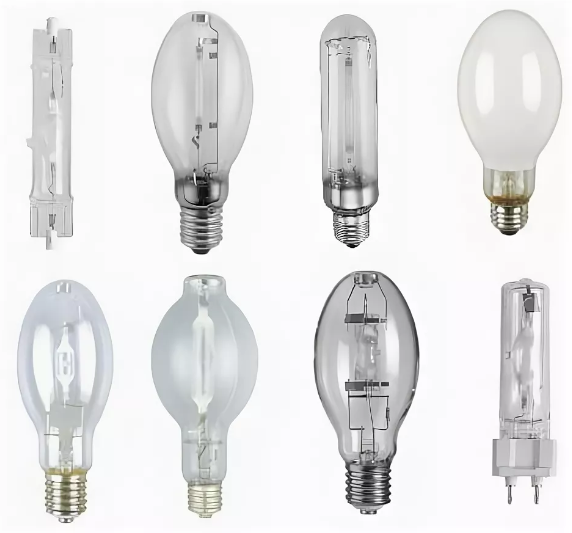
Any device includes the following components:
- A glass bulb with electrodes filled with gas;
- Control equipment in the form of an electronic module or a limiting resistor
- A base for integration into the equipment.
Varieties
Gas discharge lamps are divided into low-pressure and high-pressure GRLs. Each group has its own characteristics, which affects the choice in a particular case.
Low Pressure Gas Discharge Lamps
The best known representative of low-pressure GRLs is the fluorescent lamp. It is a tube coated on the inside with a phosphor. The electrodes receive a high voltage pulse and are heated.
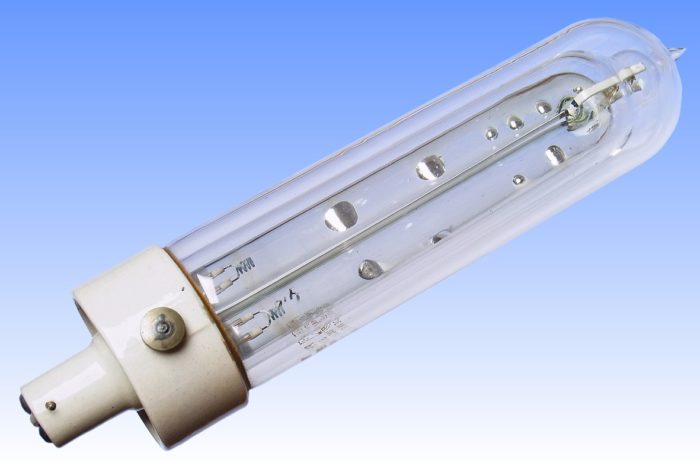
When heated, a smoldering charge is formed between the contacts, UV radiation is generated in the gas environment of the bulb, which, acting on the phosphor, causes a glow.
A variety of fluorescent lamps (LL) are compact devices, which are marked with the abbreviation CLL and do not differ from the previous model except in size. All devices have a control element built into the base.
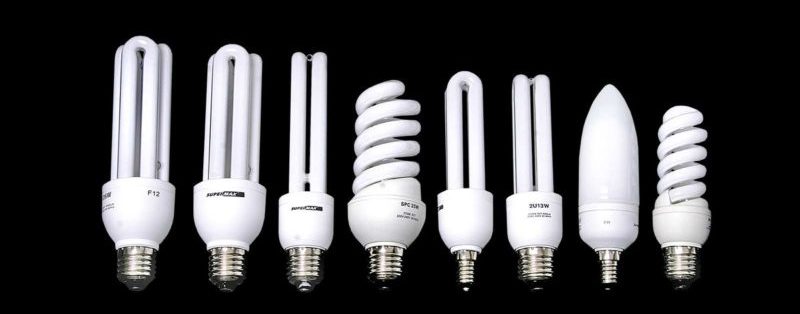
It is worth considering separately induction light fixtures. They do not have any electrodes in the inner part, and the ionization occurs under the influence of a high-frequency magnetic field. Usually a mixture of argon and mercury vapor is used in the bulb, affecting the phosphor.
High-pressure discharge lamps
Elements whose pressure inside the bulb exceeds atmospheric pressure are called high-pressure lamps.
They are represented by arc mercury lamps (ARLs). Not so long ago, they were the majority of all street lighting. Now they are being replaced by metal halide and sodium sources with higher efficiency.
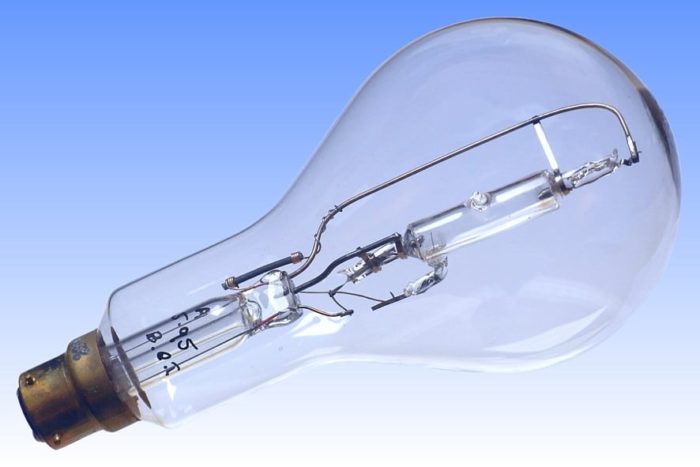
If iodides are connected to the fixture, it is labeled DRI. The device contains a quartz glass burner in which the electrodes are located. A mixture of argon, mercury, and some metal iodides is used as the functional substance. The torch is located in a rarefied space and allows the creation of strong radiation, which is enough to illuminate large areas. DRIs can range in power from 250 to 3,500 watts.
Another example of a high-pressure GRL is the sodium arc tube model (DNAT). It is characterized by a very high light output and relatively low power consumption. The light has a pronounced golden hue. The disadvantages of the device can be attributed to the long shutdown, which can take about 10 minutes.

If you need white light, as close to daylight as possible, it is better to choose arc xenon devices. The maximum power can reach up to 18 kW. Tungsten electrodes are alloyed with thorium and can withstand high loads. Sapphire glass is used if it is necessary to obtain the output of UV radiation.
Metal halide discharge lamps (MHL) are compact, reliable and powerful sources of illumination, which is a burner placed in a vacuum bulb. The burner is made of quartz glass or ceramic. The inside is filled with mercury vapor and metal halides. Radiation is produced by the appearance of plasma between the electrodes while power is applied. The power of the devices in some cases can be up to 3.5 kW. They are designed for 12,000 hours of operation. Turning on to full power takes about 10 minutes.
Principle of operation of the lamp
The operating principle of the GRL is based on the effect of an electric discharge on an ionized gas. Argon, neon, krypton, xenon, and various mixtures are used most often. Often sodium or mercury is added.
Video on the topic: Design, principle of operation and peculiarities of DRL lamps
As soon as the contacts are energized, an electric field is generated in the tube. It provokes the movement of electrons and their interaction with gas particles. As the particles collide, energy is released which is then converted into radiation of a certain spectrum. The specific spectrum depends on the composition of the gas and the specifics of the equipment.
A luminophore coating on the bulb helps convert UV radiation into visible light.
Sometimes there are models with built-in source of beta radiation. It provides ionization of the gas inside the bulb, which helps minimize smoldering charge.
How to choose a gas lamp
When choosing a gas lamp, it is worth considering its type, wattage and the shade of light emitted. Metal halide lamps are popular, boasting high pressure as well as a powerful and bright glow. Borosilicate glass completely removes ultraviolet light, making the light safer.
The luminescence of the discharge element will be close to white daylight, but there are different shades depending on the fill. Sodium gives a yellow color, thallium gives a green color, and indium gives a blue color.
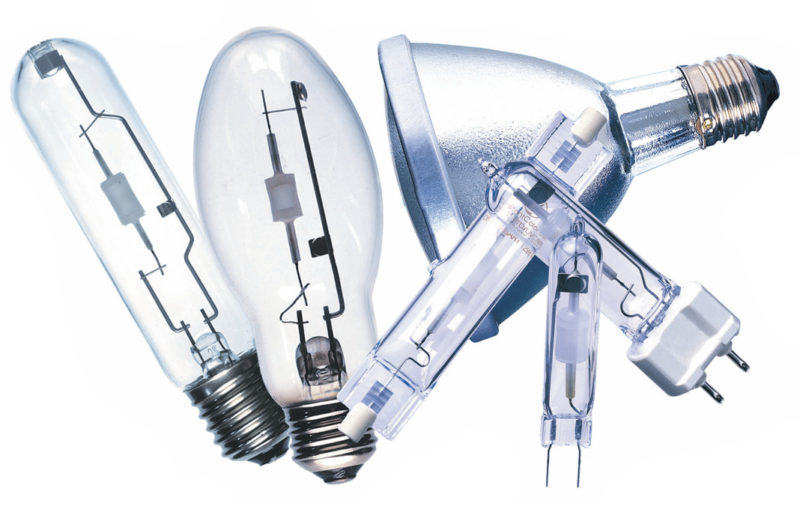
Lamps for aquarium or greenhouse lighting are available for sale. They have a special spectrum that is more favorable to the environment than that of standard fluorescent or sodium fixtures.
Sodium lamps can last about 25,000 hours, which is comparable with the performance of LED elements. The white light emitted is as close to daylight as possible and allows detailed viewing of objects without distortion of colors.
Luminescent models used in industry and at home are popular. There is mercury inside such elements. When choosing, it is important to take into account the long start-up time and considerable heat during operation.
Applications
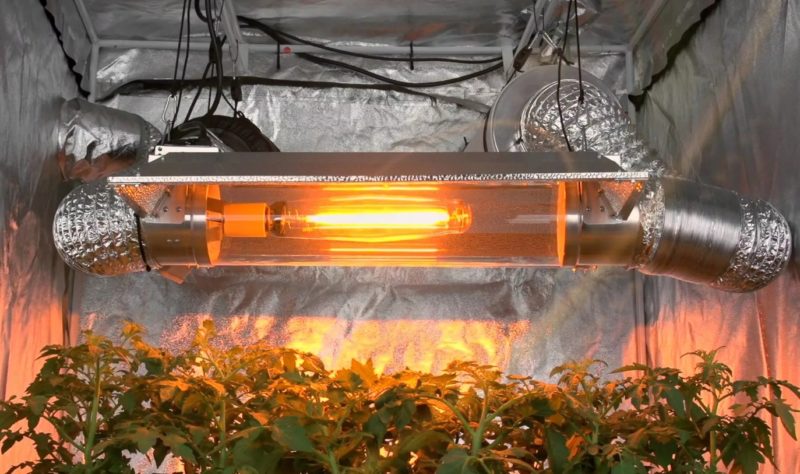
Gas discharge lamps have become widespread in various industries. Especially the car headlights with xenon stand out. Most well-known car manufacturers (Toyota, Opel, BMW) use them.
Effective devices for lighting large warehouses, industrial workshops and streets, illumination of billboards and building facades.
Advantages and disadvantages
Like other lamps, discharge lighting devices have advantages and disadvantages. To properly organize a lighting system, it is recommended to consider each point.
Advantages:
- models are quite durable and have a significant service life of hours;
- devices with different spectral parameters and power values are available, which makes it easy to choose a device for a particular task;
- The power of discharge lamps is much higher than that of other devices.
Disadvantages of traditional discharge lamps:
- the device requires regulating apparatus for operation;
- The lamps are difficult to assemble, which complicates repair and increases cost;
- models are sensitive to ambient temperature fluctuations and voltage spikes;
- Some lamps require a significant amount of time to start up;
- mercury devices need to be disposed of.
There are disadvantages, but the power and efficiency of discharge lamps allow them to hold a reliable position in the market even now.